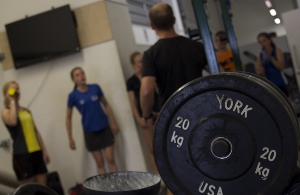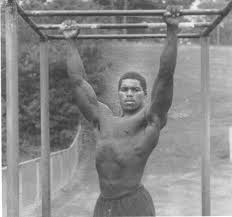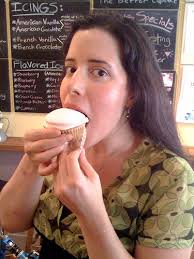Posts Tagged ‘goal setting’
What is the best way to lose weight and get fit for parents?
Parents are keen to get healthy In the last month, I have been asked by three different parents of young athletes ‘what is the best way to lose weight and get fit?’ Excelsior Athletic Development Club was set up to help young people develop their athleticism and skills but adults wanting to get fit have…
Read MoreDo a Health Diagnostic in 2020
Are you healthy? How do you know? There is more to measuring health than being able to squeeze into your summer jeans. (Although, if they are from the summer of ’87 that might be as accurate as anything else). If you check the tyres, water and oil in your car this winter, or you get…
Read MoreHow to live on 24 hours a day
Time is precious, how do you budget it? We all have 24 hours a day; it is one thing that unites us as humans. How we spend them differs vastly. Two Arnolds (Schwarzenegger and Bennett) have recently influenced my thoughts on how to spend my time. Here are some ideas on making the most of…
Read MoreHow to change habits: part 3
“Good habits formed at youth make all the difference”
s Aristotle gets it right again. In the 2 previous blogs we have looked at the importance of lifestyle in athletes’ lives and how to use goal setting to set plans.
How to change habits: part 2
“Living without an aim is like sailing without a compass.”
compass Alexandre Dumas.
In part 1 I set the scene of how athletes need help in adopting behaviours that will improve their sporting performance. Today I will look at how to set goals that will get them started.
How to change habits: part 1
“We are what we repeatedly do. Excellence, then, is not an act, but a habit.”
 Aristotle’s quote is often used, but it is hard to follow. When working with athletes, it is often the intangibles that make the difference to the overall outcome of the training programme.
Aristotle’s quote is often used, but it is hard to follow. When working with athletes, it is often the intangibles that make the difference to the overall outcome of the training programme.
Goal setting for sport: 4 secrets to success
Lots of the athletes I work with have done a goal setting for sport exercise with their various coaches in the summer. This can quickly become consigned to the dustbin of history once the first three matches of the season have been played.
Read MoreDiscipline versus liberty: how your actions affect society
“I can eat what I want, when I want”
Those were the famous words issued by a friend of mine through a mouthful of cake, two weeks before he was admitted to hospital with a gall stone attack.
His actions led to other people having to look after him: his wife, nurses and doctors. His children were affected as they were worried and concerned about his health. He had the liberty to do what he wanted, but lacked discipline.
This impacted our society.
Read MoreHow can I increase intrinsic motivation?
Get the vibe right and intrinsic motivation will follow
 I was training 3 athletes in the gym a couple of weeks ago, they were doing one of my usual warm ups, no music, no shouting, no distractions.
I was training 3 athletes in the gym a couple of weeks ago, they were doing one of my usual warm ups, no music, no shouting, no distractions.
The three were focussed and busy. Another coach walked in, and said
“I wish I was training now, rather than earlier, there is a good Vibe.”
Read MoreHow to take charge of your fitness training
 “If you train hard, you’ll not only be hard, you’ll be hard to beat.”
“If you train hard, you’ll not only be hard, you’ll be hard to beat.”
Training hard is one part of fitness training, but any idiot can get tired (or indeed make you tired)!
I want to give you ideas that will help you get fit for your purpose.
That may be to run faster, get stronger or jump higher in your sports arena.
Read More


